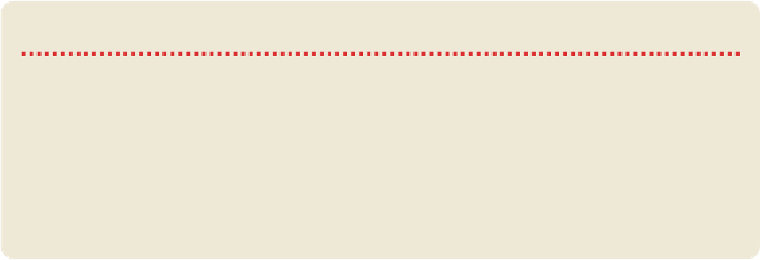Travel Reference
In-Depth Information
domestic brews such as Spendrups, Pripps or Falcon cost anywhere from Skr50 to Skr70 a
pint, and imported beer, wine or mixed drinks closer to Skr98 to Skr120. Ultra-sweet pear
and apple ciders are also common, frequently in light-alcohol or alcohol-free versions.
Sweden's trademark spirit is
brännvin
, of which Absolut Vodka is the most recognisable
example. A particularly Scandinavian subsection of
brännvin
, called aquavit and drunk as
snaps
, is a fiery and strongly flavoured drink that's usually distilled from potatoes and
spiced with herbs. (A small shot of aquavit is sometimes called a
nubbe
, and it's often ac-
companied by
snapsvisor
.)
The legal drinking age in Sweden is 18 years; this applies to buying beer in grocery
stores and any kind of alcohol in bars and restaurants. The minimum age to buy alcohol at
a Systembolaget store is 20 years. Many bars and restaurants impose higher age limits for
admission.
Of course, the beverage you're most likely to encounter in Sweden isn't even alcoholic.
Coffee is the unofficial national drink, with an ever-increasing number of cafes ditching
the percolated stuff for Italian-style espresso. The daily ritual of coffee and a pastry
(fika)
is an easy and rewarding one to adopt during your visit. (Tea is also readily available.)
And
saft
is cordial commonly made from lingonberries, blueberries or elderflowers,
though the word can refer to ordinary apple or orange juice as well.
RESOURCES
produces a regional guide to produce, cuisine and epicurean events.
the 'Lifestyle' tab.
marketing; in Swedish.
Vår Kokbokis a classic Swedish cookbook from the '50s, akin to Betty Crocker's books in
the US.

